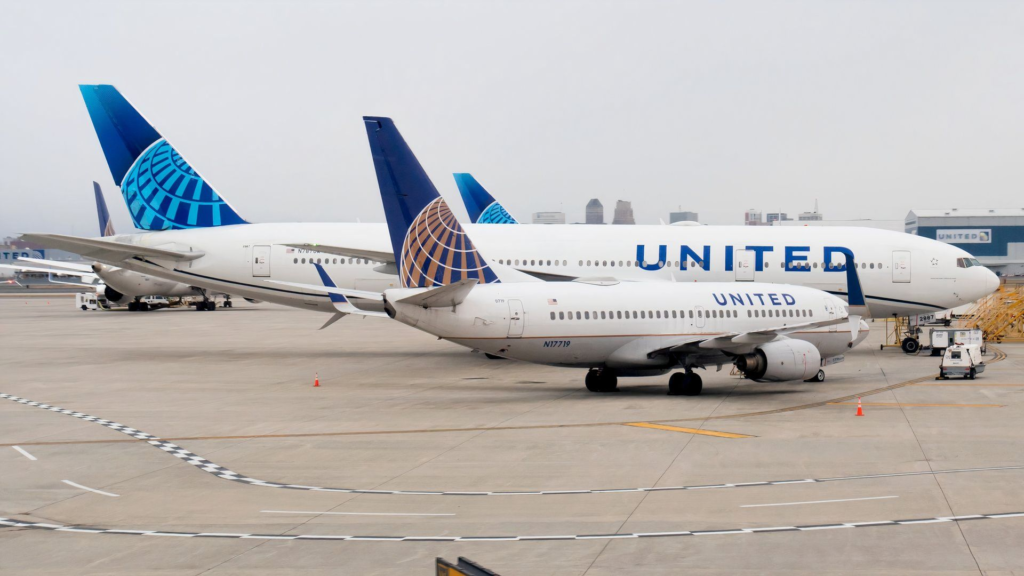United Airlines experienced a systemwide disruption on late Tuesday, September 23, prompting a nationwide ground stop for all departing flights across the United States and Canada, according to a Reuters report. The airline requested the Federal Aviation Administration (FAA) to halt departures after reporting a connectivity issue just before midnight Central Time. Within about an hour, the issue was resolved, and normal operations resumed.
This marks the second major technology interruption for United in just over a month. In August, the airline endured a similar outage that grounded departures at major hubs like Newark, Denver, Houston, and Chicago. While United calls the latest disruption a brief incident, the recurrence raises questions about the resilience of airline IT systems and their capacity to handle critical operational loads.
What Happened With United Airlines
United says the root issue was a connectivity failure that affected systems required to process departures. The airline requested the FAA to impose a ground stop across its network while engineers worked to restore critical functions. The full stop lasted approximately 30 minutes, and the operational impact was not as severe as it could have been, given the time that it occurred.
United indicated that residual delays and knock-on effects would persist as the schedule recovered, especially at busy hubs where the backup queue remained large. This was particularly an issue in the company’s Western hubs, as there were still a significant number of flights operating in or out of these stations when the stop occurred.
This is not the first time that United Airlines has been impacted by such events recently. Over 1,000 flights were delayed in August as a result of a technological glitch. While United called it a “controllable delay”, delays persisted into the following day, and United had to compensate many customers for the delays.
The Long-Term Impact Of These Issues
Frequent interruptions like these strain trust. Airlines rely heavily on IT systems for operations, scheduling, safety, and regulatory compliance. Failures or vulnerabilities in those systems can cascade quickly, causing delays, cancellations, and dissatisfied customers, leading to a tainted brand image. This is especially negative for United, which is attempting to elevate its brand image to become more premium.
![]() Delta Air Lines is considered by many to be the US’s definitive “premium” airline, and the company is the most profitable airline in the country. Part of the reason why Delta has successfully elevated its brand is due to reliability. The company often tops US on-time rankings and has been rewarded with record-high passenger numbers and excellent revenue, commanding a fare premium over competitors in some cases.
Delta Air Lines is considered by many to be the US’s definitive “premium” airline, and the company is the most profitable airline in the country. Part of the reason why Delta has successfully elevated its brand is due to reliability. The company often tops US on-time rankings and has been rewarded with record-high passenger numbers and excellent revenue, commanding a fare premium over competitors in some cases.
The recurrence of these incidents underscores how precarious airline operations can be when key systems lack failsafe redundancy. As airlines invest in digital modernisation, they must balance innovation with robustness, ensuring that critical systems have backups and that recovery plans are well tested. For United, the latest episode could help accelerate investments in infrastructure to improve reliability.
Issues Occuring At American Airlines
Fox Business is reporting on major technical issues affecting ![]() American Airlines on Wednesday, September 24. Reportedly, hundreds of flights are being delayed across the country, with delays stretching well past two hours in some cases. The carrier published a statement on X explaining that a technical glitch involving maintenance applications is to blame, and that no flights have been cancelled.
American Airlines on Wednesday, September 24. Reportedly, hundreds of flights are being delayed across the country, with delays stretching well past two hours in some cases. The carrier published a statement on X explaining that a technical glitch involving maintenance applications is to blame, and that no flights have been cancelled.
The airline is continuing to work on getting its flights out the gate while fixing the issue. However, with over 800 delayed flights reported so far and the likelihood of more, the effects of this could last well beyond when American can fix the issue impacting its maintenance application. This incident is also especially difficult for American, seeing as how it’s taking place during the mid-day, when there are far more flights than during the night.
|
American Airlines Hubs |
United Airlines Hubs |
|---|---|
|
Charlotte |
Chicago-O’Hare |
|
Chicago-O’Hare |
Denver |
|
Dallas/Fort Worth |
Guam |
|
Los Angeles |
Houston-Intercontinental |
|
Miami |
Los Angeles |
|
New York-JFK |
Newark |
|
New York-LaGuardia |
San Francisco |
|
Philadephia |
Washington-Dulles |
|
Phoenix |
|
|
Washington-National |
Both airlines are/have focused heavily on not cancelling flights, as the operational impact of a cancelled departure can be far more severe than a delay. Not only do passengers need to be reaccommodated and compensated, but crews and planes also need to be rerouted. A delay is much easier to manage in this instance, especially for United, as the event and subsequent recovery occurred overnight.





